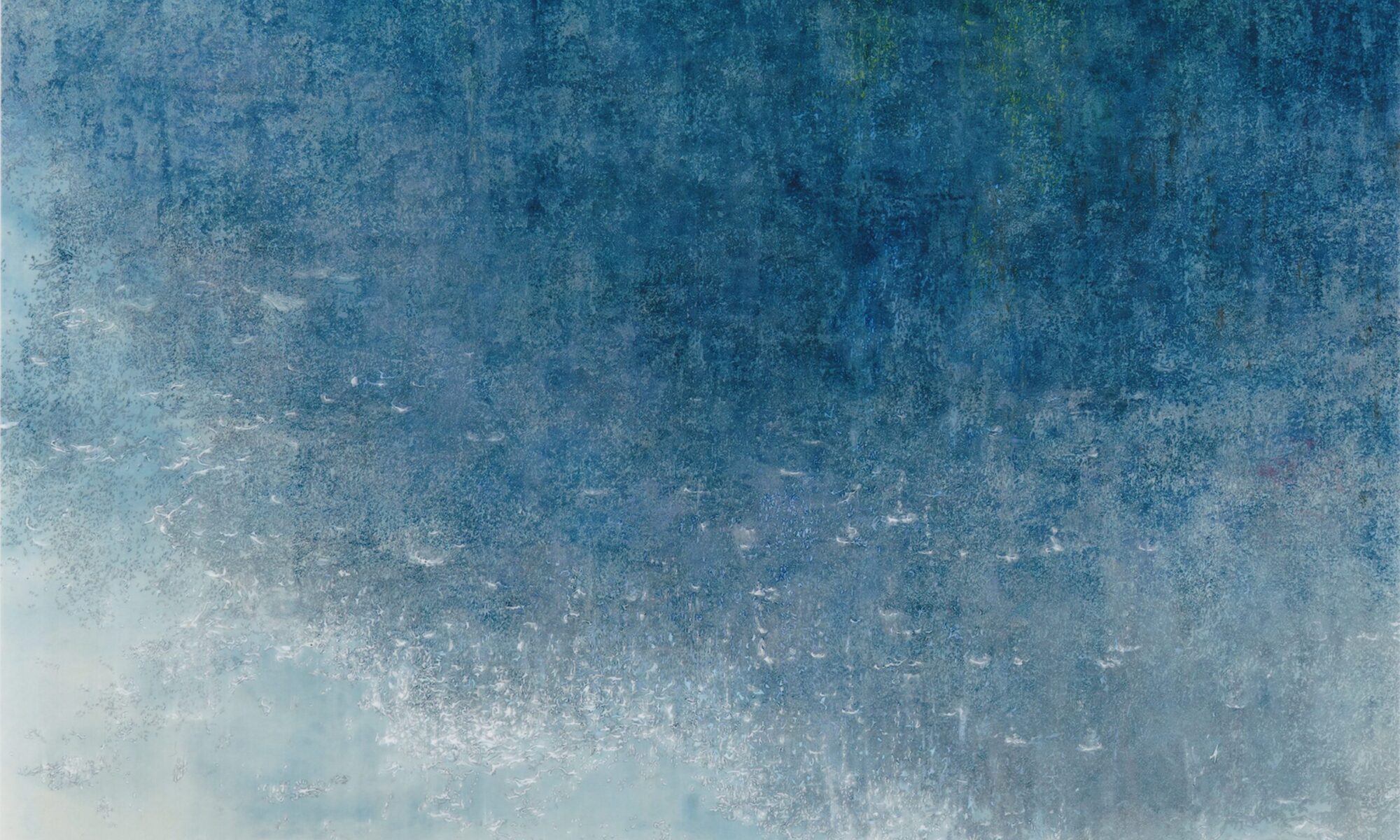
竹内栖鳳は京都を代表する日本画家です。大きな料亭の跡取りでしたが、親の反対を押し切り絵の道へ進みます。すぐに才能を発揮して、入塾3日目で雅号(棲鳳)をもらいましたが、粉本を写す練習方法に疑問を持ち、破門覚悟でオリジナルの絵を師匠幸野楳嶺に提出。その愚直な姿勢に楳嶺も心を打たれ、以後、棲鳳流で絵を描くことを認めました。その後、仲間と共に楳嶺四天王と呼ばれ、京都画壇を代表する画家に育ちます。
新しい日本画を求めて、様々な流派を混ぜて自由に絵を描いたことから、当時の美術界で反感を買い「鵺(様々な動物が混ざった不吉な妖怪)派」と呼ばれ、一時は不遇の時期もありました。しかし、パリ万博の視察から帰国後、リアルなライオンの絵を発表したことで一転。これまで架空の「唐獅子」が一般的だった日本画に大きな衝撃を与えました。金賞を受賞したその絵は「金獅子」と呼ばれ、動物を描けばその匂いまで描くと称賛。棲鳳自身も西洋に行ったことを機会に名を「栖鳳」と改めます。もはや「鵺」とは呼ばせない確固たる地位を築きました。…しかし、この話には裏があります。パリ万博を訪れた栖鳳は、会場にあったライオンの彫刻を熱心に描き写し、目的地のパリとは関係のない、ベルギーのアントワープ動物園に3週間も滞在してライオンの写生をしていました。栖鳳が帰国後「獅子」を描いたのは偶然ではないのです。最初から伝統の象徴である「唐獅子」をターゲットとして、新しい芸術を提案するために生きたライオンを取材しました。作品の素晴らしさもさることながら、時代のうねりの中で自身を客観的に捉え、したたかに折れず、作品で未来の可能性を世に問う姿勢と信念の強さが魅力です。その後、個性ある多くの弟子を育て、京都美術の発展、日本画の近代化に貢献しました。現在は京都の黒谷さん(金戒光明寺)から静かに日本画家たちを見守っています。
A leading Japanese-style painter in Kyoto. He was the heir to a ryotei (Japanese-style restaurant), but overcame the opposition of his parents to become a painter. He is a talented artist who dared to submit his own painting to Bailei in a class to copy his master’s painting, Kono Bailei, and was recognized for its quality. Together with his friends, he was called Bailei’s Four Heavenly Kings and became a representative painter of the Kyoto art world, but even after that, he did not compromise with his master regarding painting and was even excommunicated by Bailei for a year.
Because he freely mixed various schools of Japanese painting in search of a new style, he was called the “Nue” school (sinister specters of various animals) by the art world of the time and spent an unfavorable period of his life. However, after returning to Japan after being appointed as an inspector for the Paris Exposition Universelle, he changed the situation drastically by producing realistic works depicting lions. He sent shockwaves through the Japanese art world, which until then had only been able to produce fictional lion paintings. His Gold Prize-winning work was called “Golden Lion,” and was highly praised for seeming to express even the smell of the lion when it was painted. It established a firm position that no longer allowed it to be called “Nue. … But there is more to this story. When Seiho visited the Paris Expo, he eagerly copied the lion sculpture at the venue and spent three weeks at the Antwerp Zoo in Belgium, not Paris, to complete his sketch of the lion. It was no coincidence that Seiho painted “lions” after returning to Japan; from the beginning, he had chosen the lion as a motif to propose a new art form, targeting the traditional symbol of Japanese painting, the “Chinese lion. Seiho was a self-contained painter who never broke, never drifted, never lost sight of himself. He later nurtured many disciples with their own unique style of painting, contributing to the development of Kyoto art and the modernization of Japanese painting.


